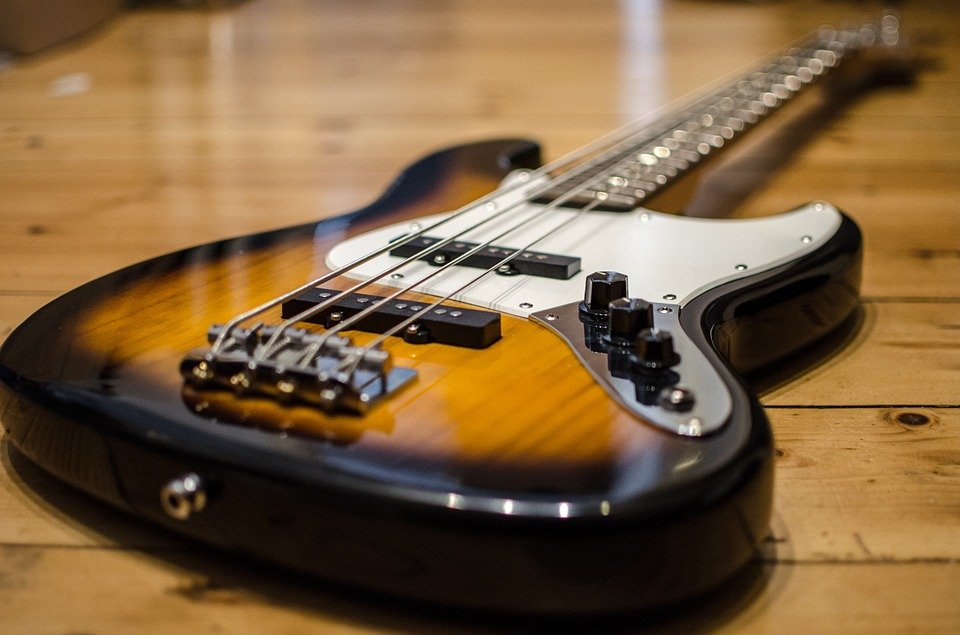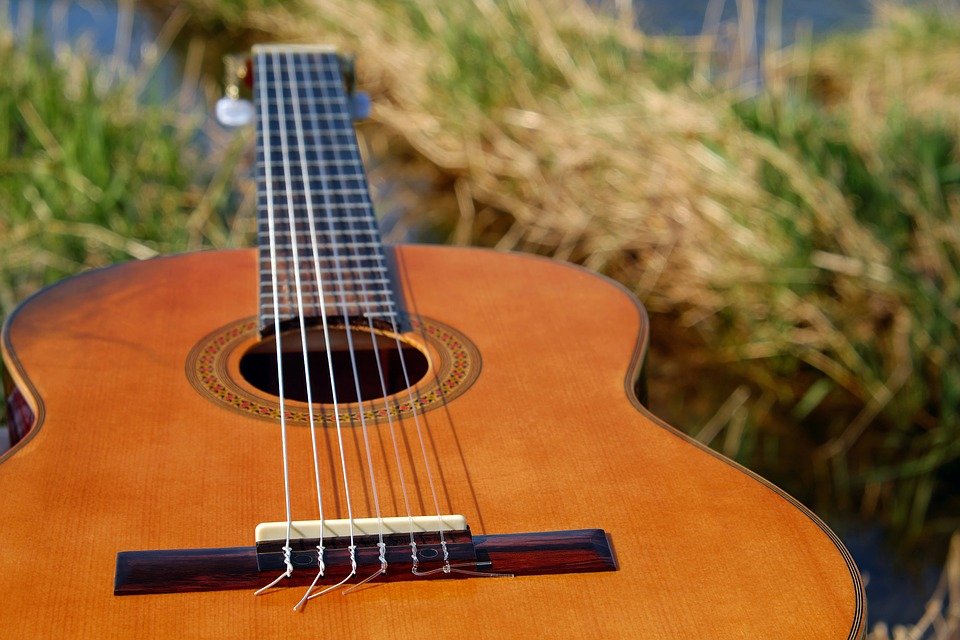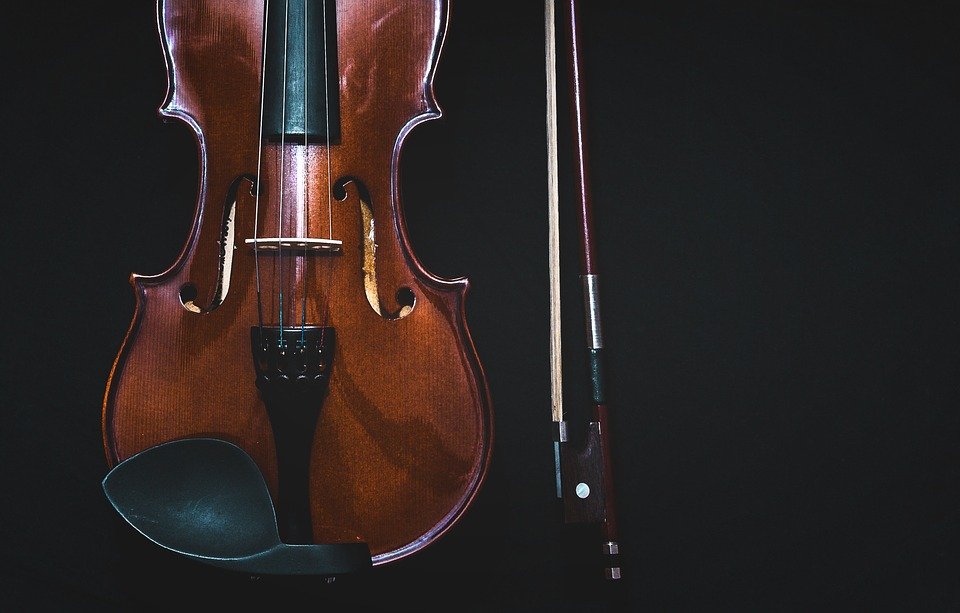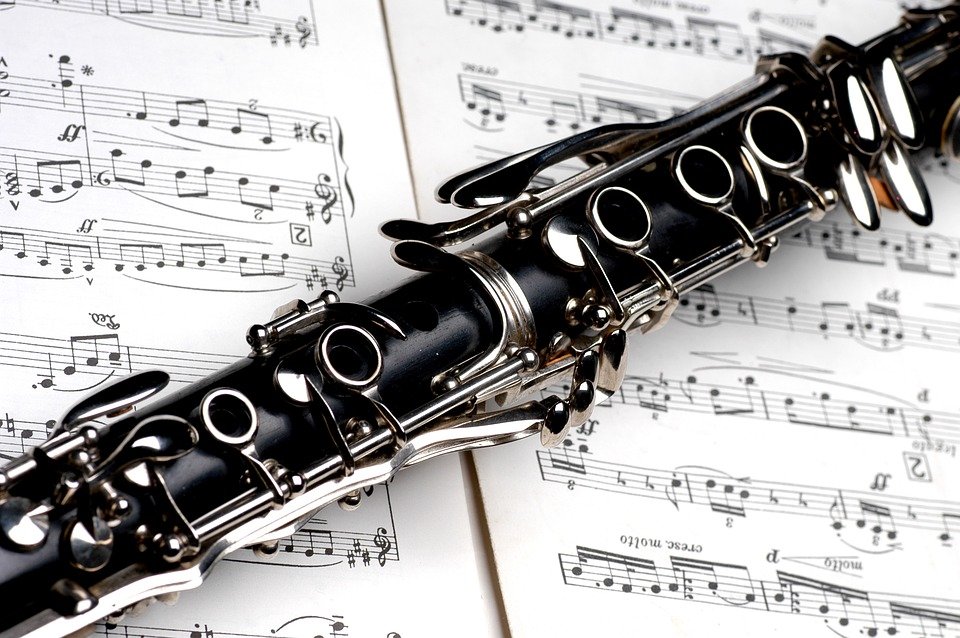In the world of music, there are so many instruments for people to play and produce songs and melodies that they are divided into different types and categories to make it easier to identify each of them. There are currently four primary types of musical instruments, and there is one instrument that belongs to its own category because of its unique playing mechanics. Here are all of these types of musical instruments that you should know if you are looking for one to learn how to play.
String Instrument
As its names suggest, this type of musical instrument compiles all the ones that have strings in them. The strings found on these instruments are the ones that produce sounds, and without them, the instruments would be useless. There are many kinds of string instruments that you can find almost anywhere, like the harp or the ukulele, but there are some that are considered more popular than the others.
Guitar
Most music lovers may have probably touched or played the guitar first before moving on to other instruments, as it is a great instrument that is perfect for beginners and serves as a good entry point for those who want to learn chords and notes. The strings of a guitar are usually fretted using the left hand, and each fret found on the guitar’s board provides different tones. The strings should then be strummed or plucked using the fingers on the right hand or by utilizing a guitar pick for them to create sounds.
Violin
Instead of plucking or strumming, violin players would typically make sounds on the instrument by using a bow made of horsehair and gently sliding it on one or more strings. The violin is a much smaller instrument than a guitar, and it usually rests between the shoulder and the jaw or the cheeks.
Bass
A bass is played like a guitar, as you would have to strum or pluck a string for it to create music, but the strings on the instrument are thicker as it is intended to have deeper sounds that balance well with the treble-focused strings of a standard guitar. To accommodate the thicker strings, the bass usually has a longer neck and wider frets for better playability.
Woodwind Instrument
Those who play woodwind instruments create music by blowing air from the mouth to the blowhole found on the instruments. To set different tones or sounds, woodwind players would have to press one or more keys in the middle of the instrument’s body. The pitch of the instruments depends on their lengths and sizes.
Flute
The flute is the most accessible wind instrument because it only has a few keys on it, and it is also relatively smaller than most instruments belonging to the same category. Most entry-level flutes are made of wood, but the professional or mid-range ones are made of metal for durability and resistance to humidity, which can often slightly change the shape of a wooden flute’s body.
Clarinet
The clarinet is believed to be an improved version of the trumpet, as it is able to play more sounds and tunes than the latter because it has more keys. However, trumpets during the period of the clarinet’s conception, which was in the 1700s, did not have pistons or valves. Clarinets are better suited for jazz and classical music because of its smoother sounds and effortless transition from one note to another.
Saxophone
The saxophone is arguably the biggest woodwind instrument, and because of its size, it is able to produce a deeper and mellower tone that is perfect for jazz. Despite the instrument being made of brass, it is not considered as a brass instrument because it has a wooden oscillating reed similar to clarinets and flutes instead of a brass instrument’s mouthpiece wherein the lips of the player are placed to make vibrating sounds.
Brass Instrument
Brass instruments work similarly to woodwinds, mainly due to the fact that they also needed air to produce sounds. However, the mouthpiece found in brass instruments is bigger to allow the lips to control the vibration and the air coming out of the mouth. This technique, which is called embouchure, enables the player to create a clear tone out of the instrument without straining the muscles of their mouth and throat.
Trumpet
The trumpet is the most iconic brass instrument out of all, as you would often see this instrument at the front of a marching band with the other brass instruments located at the back. Besides being used in marching bands, the trumpet is also utilized in classical music and jazz, although the clarinet is often the more preferred instrument in these genres.
French Horn
Another popular brass instrument, the French horn has a big bell at its end that allows it to create louder sounds compared to other small brass instruments. Because the French horn requires plenty of air for the players to make music out of it properly, most players would often only participate in small sections rather than the entire classical musical piece to let them rest.
Trombone
A trombone may look like a trumpet at first glance, but it doesn’t normally have pistons on it to create various tones and sounds. However, the trombone is able to change pitches by utilizing a telescoping slide that controls the air being blown in the instrument. Each position of the slide provides different keys, so players would have to memorize these positions and play them properly to produce a clear tone.
Percussion Instrument
Instruments that belong to the percussion type would require players to pound, slap, or strike the surface of the instruments for it to create sounds. Although most of these instruments don’t have specific tones or keys that can be played in them, they are the ones that will provide the beat or the tempo in a musical piece or a song.
Tambourine
The tambourine is a relatively small percussion instrument that has a wooden, metal, or plastic frame with many metal jingles attached to it. The instrument is played holding it in one hand and slapping its surface with another hand to create a beat, but it can also be shaken to let the metal jingles make sounds.
Xylophone
The xylophone is a unique percussion instrument, as it can produce notes because the small metal tiles found in its body are different in size, length, and pitch. Because of its interesting ability to make various sounds or pitches, it belongs to a sub-category called “tuned percussion instruments.”
Drum Kit
The most used percussion instrument out of all because of its versatility, the drum kit consists of several drums and cymbals that can be played together or separately. Almost all songs in the pop music genre use drum kits to create a beat, but some would often use digital drum kits as physical ones tend to be bigger, which causes them to occupy a lot of space in the studio.
Piano/Keyboard
The piano is an interesting instrument because it can belong to two types, namely the percussion instrument and the string instrument. Some experts would say that it is a string instrument because it has strings inside its body that vibrate to allow the piano to produce sounds. However, the piano is also considered a percussion instrument, as players would have to hit the keys on its body in order for the strings inside to move.
On the other hand, electric and electronic versions of the piano don’t have strings on them, thus making the instrument more complicated to categorize. As such, musicians agree that the piano and all of its versions should not belong to any category and should exist as a unique instrument.
Those are four of the main types of musical instruments, along with one instrument that cannot be placed on any type. No matter which instrument you want to learn how to play, creating sounds out of all of them will surely bring you joy if you are a huge fan of music.





